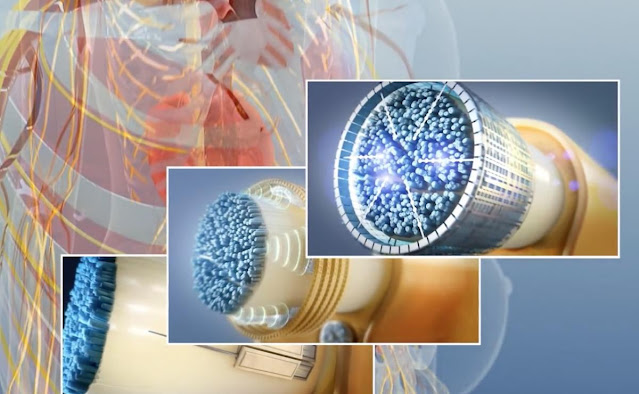Revolutionizing Healthcare: Unleashing the Potential of Stem Cell Therapy


 |
| Bioelectric Medicine |
Bioelectric medicine, a rapidly
evolving field at the intersection of biology, engineering, and medicine, holds
tremendous promise for revolutionizing healthcare. It utilizes electrical
signals to modulate the body's neural circuits and treat a wide range of
medical conditions. By harnessing the body's innate electrical properties,
bioelectric medicine offers innovative approaches to therapy, often bypassing
the need for traditional pharmaceutical interventions. This transformative
field has the potential to reshape the way we think about healthcare and open
up new avenues for treatment.
At the core of bioelectric
medicine lies the understanding that electrical signals play a fundamental
role in the communication within our bodies. Neurons, the cells responsible for
transmitting electrical signals, form complex networks that regulate various
physiological processes. Bioelectric medicine leverages this neural circuitry
to develop targeted therapies for conditions such as chronic pain, neurological
disorders, and even organ dysfunction.
One of the key areas of focus
within bioelectric medicine is neuromodulation. This approach involves the
precise delivery of electrical impulses to specific nerves or regions of the
brain to modulate their activity. Devices like neurostimulators or implanted
electrodes can be used to deliver these electrical signals. By stimulating or
inhibiting neural activity, bioelectric medicine can effectively alleviate
symptoms and restore normal function.
Neuromodulation techniques have
shown significant promise in treating chronic pain. For instance, spinal cord
stimulation involves the placement of electrodes near the spinal cord, which
emit electrical impulses to disrupt pain signals and provide relief. Similarly,
deep brain stimulation has emerged as a potential therapy for Parkinson's
disease, depression, and epilepsy, by modulating specific brain regions
involved in these conditions.
Beyond neuromodulation,
bioelectric medicine also explores other approaches such as electroceuticals.
These are tiny, implantable devices that interact with the body's electrical
system at a cellular level. They can target specific cells or tissues to
restore proper functioning. For example, in the treatment of inflammatory
diseases, bioelectronic devices can regulate the body's immune response by
selectively stimulating or inhibiting immune cells.
Another exciting aspect of
bioelectric medicine is its potential to promote tissue regeneration.
Electrical stimulation has been shown to accelerate wound healing and bone
regeneration by promoting cell growth and tissue repair. This technology has
the potential to revolutionize the treatment of injuries, ulcers, and even aid
in the regeneration of damaged organs.
As bioelectric medicine continues
to advance, researchers are exploring innovative approaches such as
optogenetics, where light-sensitive proteins are used to control neural
activity. This technique allows for precise and reversible control of neural
circuits, paving the way for highly targeted therapies with minimal side
effects.
Bioelectric medicine has the
potential to transform healthcare by offering personalized, non-pharmacological
treatments for a wide range of conditions. It represents a paradigm shift from
conventional approaches, addressing the root causes of diseases rather than
merely managing symptoms. However, challenges lie ahead, including refining
techniques, optimizing device design, and conducting rigorous clinical trials
to validate efficacy and safety.
Comments
Post a Comment